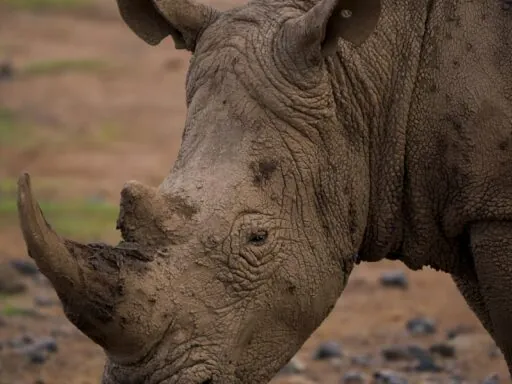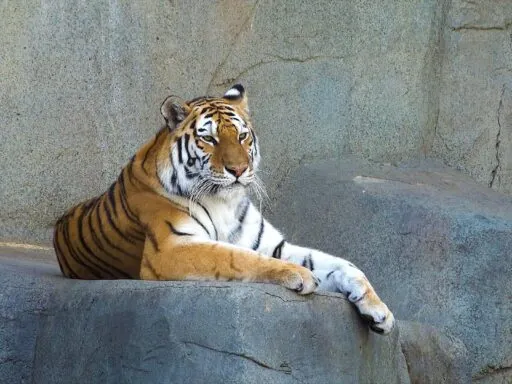Did you know that the mighty jaguar can crush a turtle’s shell with a single bite? This apex predator of the Americas is not just powerful, but also shrouded in mystery. As the largest cat in the Western Hemisphere, jaguars command respect in their diverse habitats, from dense rainforests to open grasslands. Their distinctive rosette-patterned coats serve as natural camouflage, allowing them to stalk prey with deadly precision. Unlike most big cats, jaguars are excellent swimmers and even hunt in water. Let’s dig deep unfold top 10 jaguar facts.
1. A Powerful Name
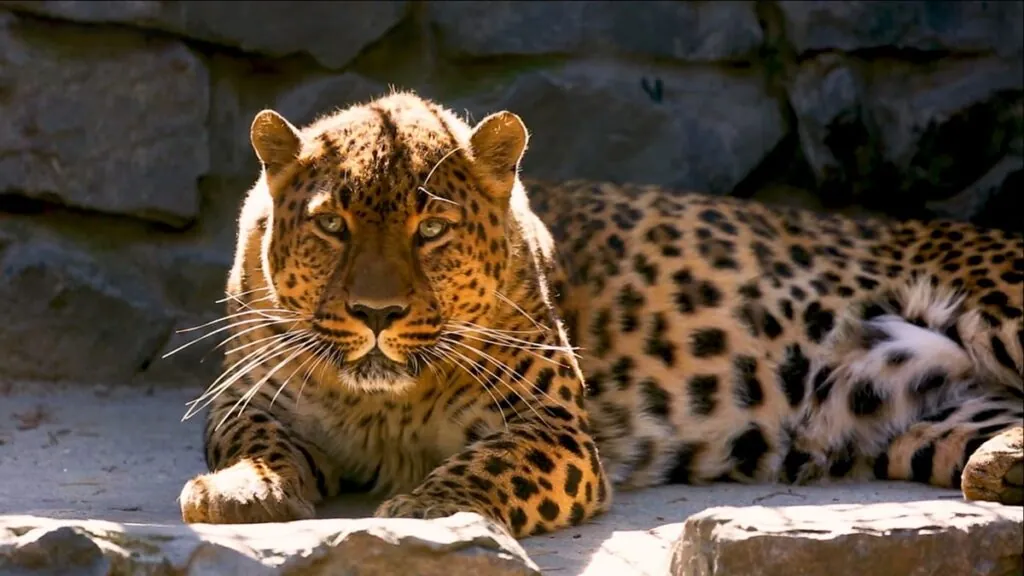
The name ‘jaguar’ comes from the word ‘yaguar,’ used by indigenous people. It means “he who kills with one leap.” You’ll see why this name fits later!
2. Shrinking Homes
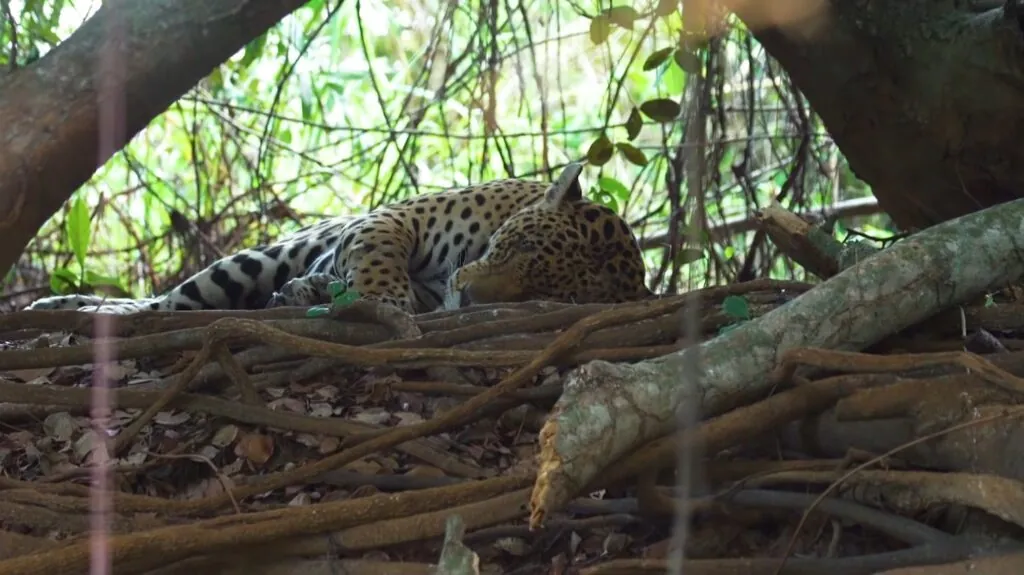
Jaguars once roamed from the southwestern U.S. down to Argentina. However, one of the sad Jaguar facts is that they’ve lost about half of their old territory. Today, around 173,000 jaguars remain in the wild. Most live in the Amazon rainforest and the Pantanal, the world’s largest tropical wetland. Brazil is home to almost half of the world’s jaguars.
3. Big and Strong
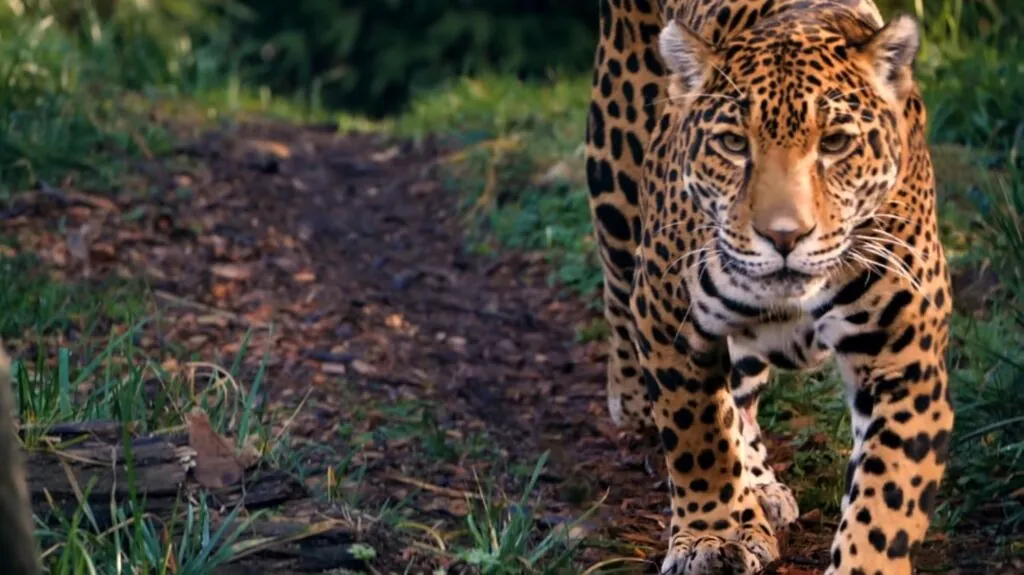
Jaguars are the third-largest cats in the world, right behind lions and tigers. They can grow up to 170 cm long, and their tails can add another 80 cm! Males can weigh up to 120 kg (about 19 stone), while females are usually smaller at around 100 kg. Jaguars in Central America are about half the size of those in the Pantanal. Their size helps them take down big animals, like giant caimans.
4. Spots That Stand Out
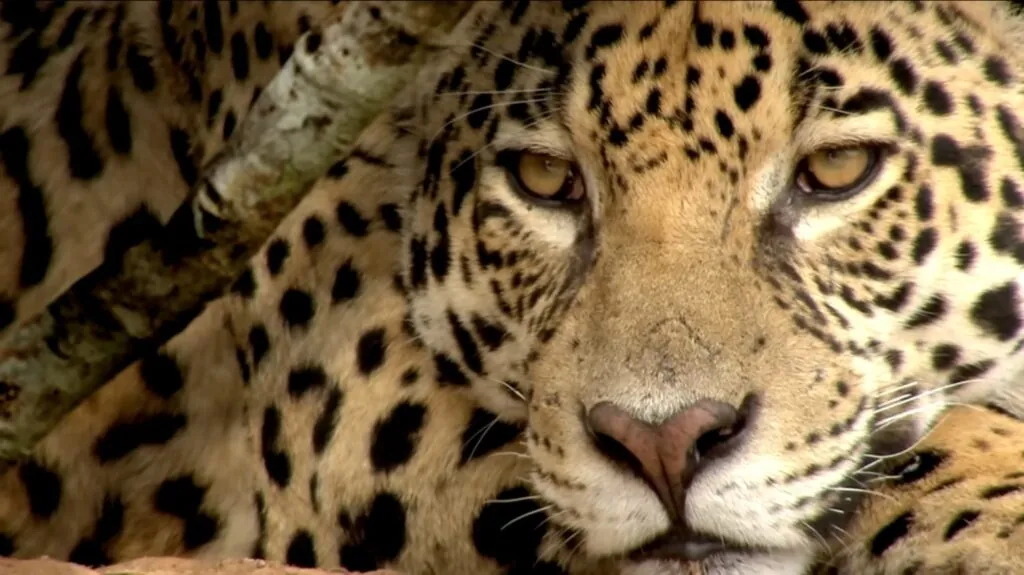
Jaguars may look like leopards, but their spots, called “rosettes,” are different. Jaguars have black dots in the middle of some of their rosettes, while leopards don’t. Jaguars also have bigger, rounder heads and shorter legs. Some jaguars are melanistic, meaning they appear black. These black jaguars are often called “black panthers,” though that name is used for both jaguars and leopards.
5. Water Lovers
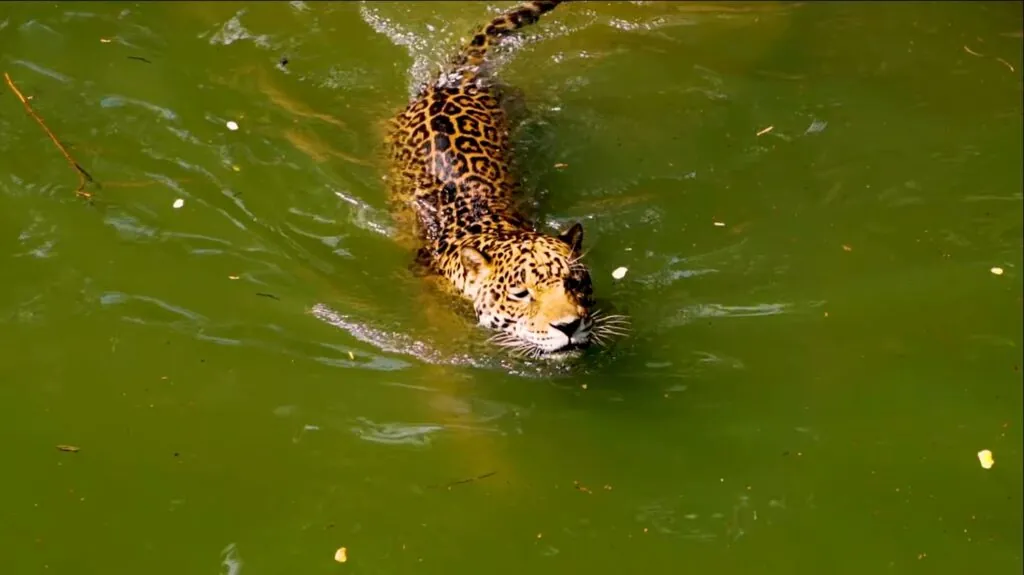
Unlike many house cats, jaguars love water! One of the surprising Jaguars fun facts is that they’ve adapted to living in wet areas, like lakes, rivers, and wetlands. Jaguars are strong swimmers and can cross large rivers easily.
6. Roaring to Communicate
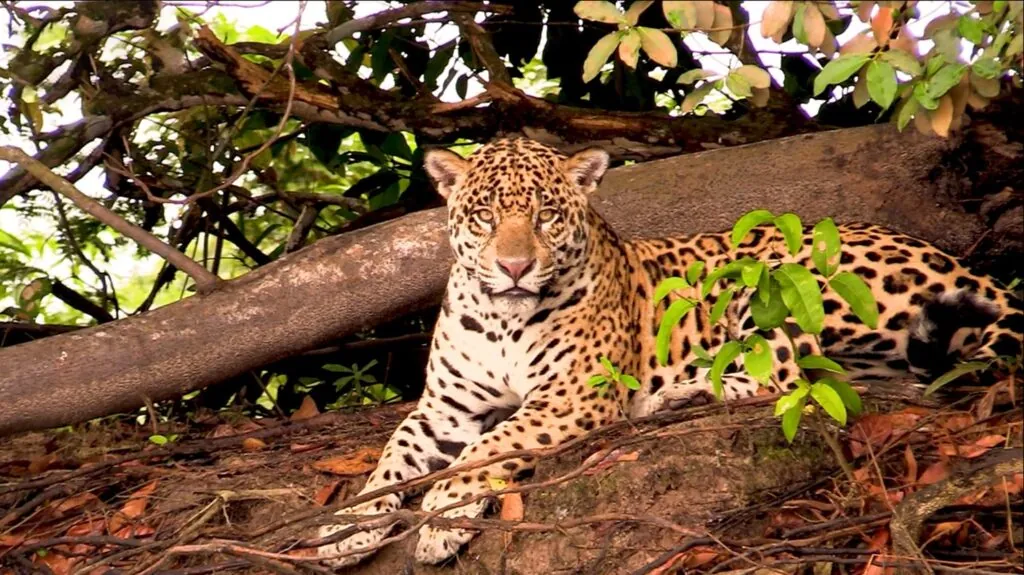
Both male and female jaguars can roar. Their roars help them find each other when they want to mate. The jaguar’s usual roar is called a “saw” because it sounds like wood being sawed – but only in one direction! When greeting each other, jaguars make a noise that sounds like a snuffle.
7. Eating Almost Anything
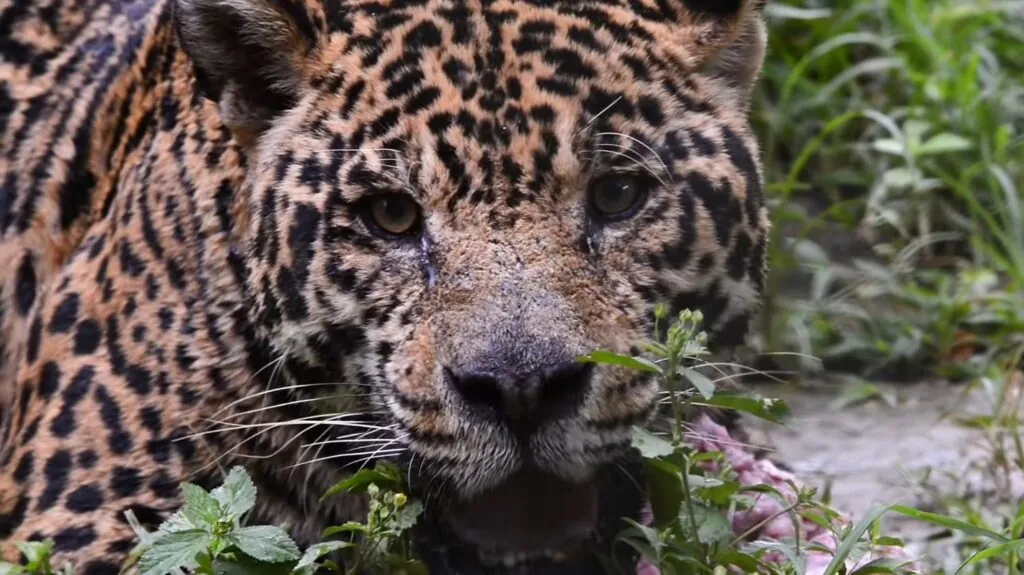
Jaguars are not picky eaters. They hunt many animals, including capybaras, deer, tortoises, iguanas, armadillos, fish, birds, and monkeys. One of the most interesting Jaguar facts is that they even take on huge animals like caimans and tapirs, South America’s largest animal. Jaguars hunt both during the day and at night, traveling long distances to find food.
8. A Bite of Power
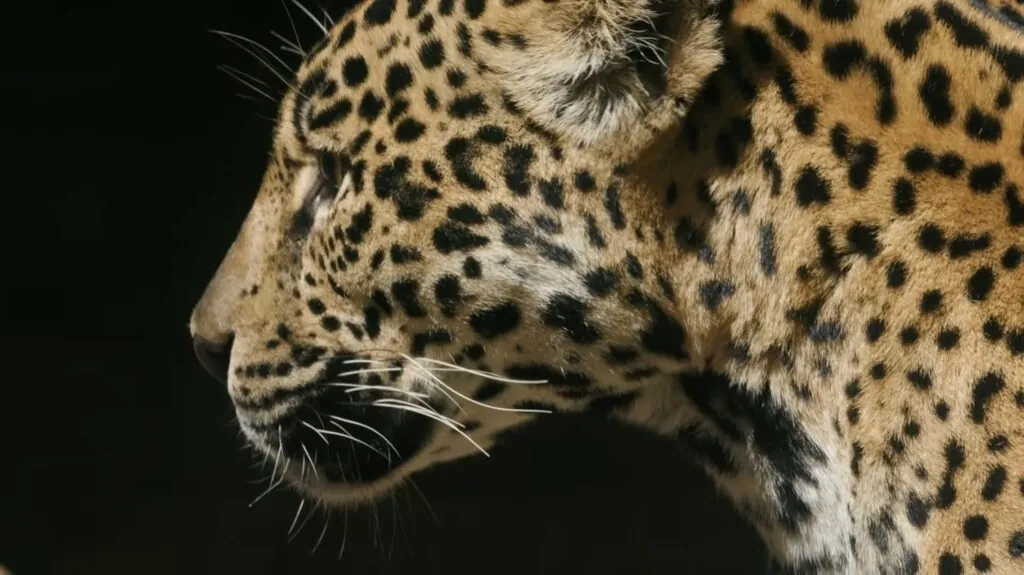
Jaguars have the strongest bite force of 1,500 PSI. One of the most interesting facts about jaguars is that their teeth are so strong they can bite through crocodile skin and turtle shells! Jaguars usually kill their prey by biting the back of the skull, unlike other cats that bite the neck. Their tongues are covered with tiny, sharp bumps called papillae, which help them scrape meat off bones.
9. Fast-Growing Cubs
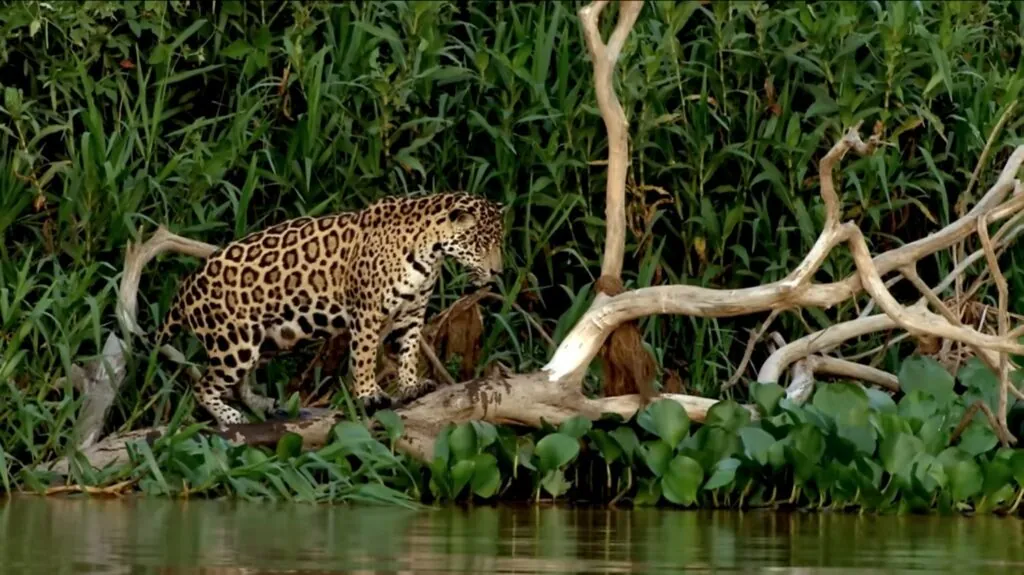
When jaguars mate, they can do so up to 100 times in one day! After mating, the female is pregnant for about 14 weeks before giving birth to usually two cubs (though they can have up to four). Jaguar cubs are small at birth, weighing about as much as a loaf of bread, but they grow quickly. By the age of two, male cubs can weigh 50% more than their female siblings.
10. Facing Many Dangers
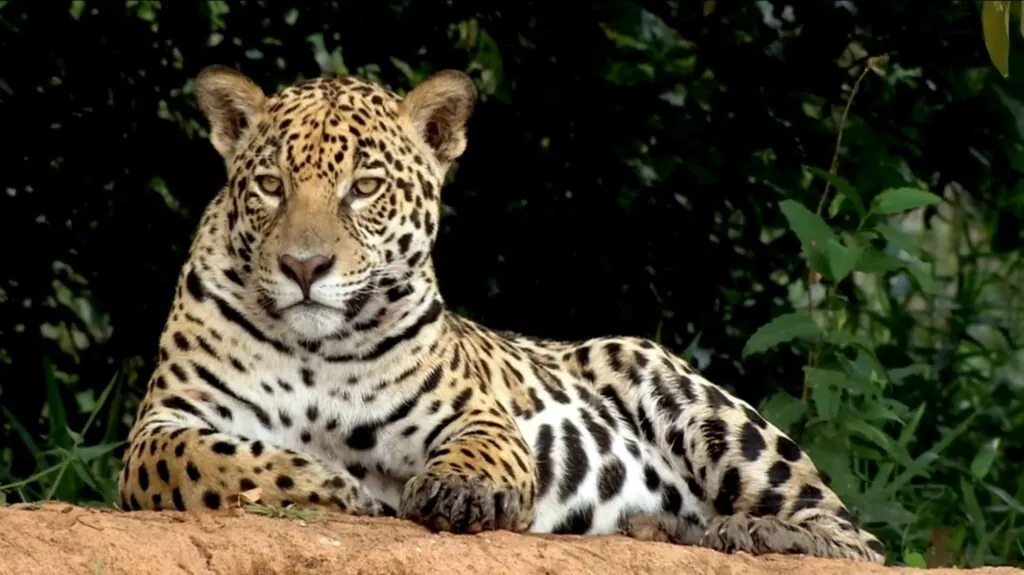
Jaguars are losing their homes due to deforestation, especially for logging and cattle ranching. This makes it harder for them to find mates and reduces the number of animals they hunt. Some jaguars even hunt livestock, which can lead to conflicts with people. Like cheetahs, poaching is another threat, even though it’s illegal. Though demand for jaguar skins has dropped since the 1970s, people still hunt them for their paws, teeth, and other parts used in traditional medicine and for decoration.
By knowing these jaguar facts, we can better understand the jaguar and the challenges it faces.

